Double standards are a pervasive part of modern society, influencing everything from our personal relationships to professional environments. These inconsistencies in judgment and expectation often lead to unfair treatment and social inequities. Despite growing awareness and calls for equality, many double standards continue to persist—and many people unknowingly go along with them.
In this comprehensive article, we’ll explore eight prominent examples of double standards that still influence our daily lives. By understanding these biases, we can better recognize their impact and work towards fostering a more equitable society.
Gender Double Standards: The Battle of Expectations
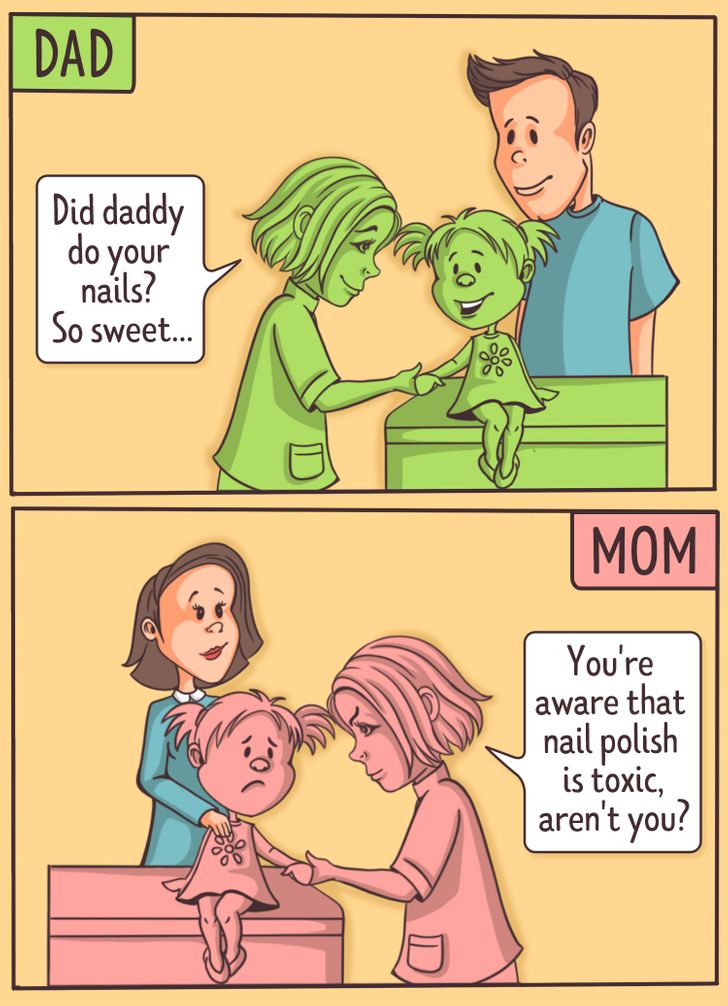
One of the most prevalent double standards exists in the realm of gender. Societal expectations often dictate different behaviors, appearances, and roles for men and women.
Key Issues in Gender Bias:
- Appearance and Behavior: Women are frequently held to rigorous standards regarding appearance, fashion, and demeanor, while men often face less scrutiny. For instance, women may be judged harshly for makeup choices or clothing styles, whereas men typically experience greater acceptance for similar expressions of style.
- Emotional Expression: Societal norms sometimes discourage men from expressing vulnerability or emotion, promoting a stereotype of stoicism that can be harmful. Meanwhile, women may be unfairly labeled as overly emotional or sensitive.
- Career Expectations: In the workplace, gender biases can lead to unequal opportunities. Women may face obstacles in leadership roles or be expected to balance career ambitions with family responsibilities, whereas men might be presumed to excel in authoritative positions without similar scrutiny.
For further insights into gender double standards, check out the Harvard Business Review’s articles on gender bias.
Workplace Double Standards: Unequal Opportunities and Expectations
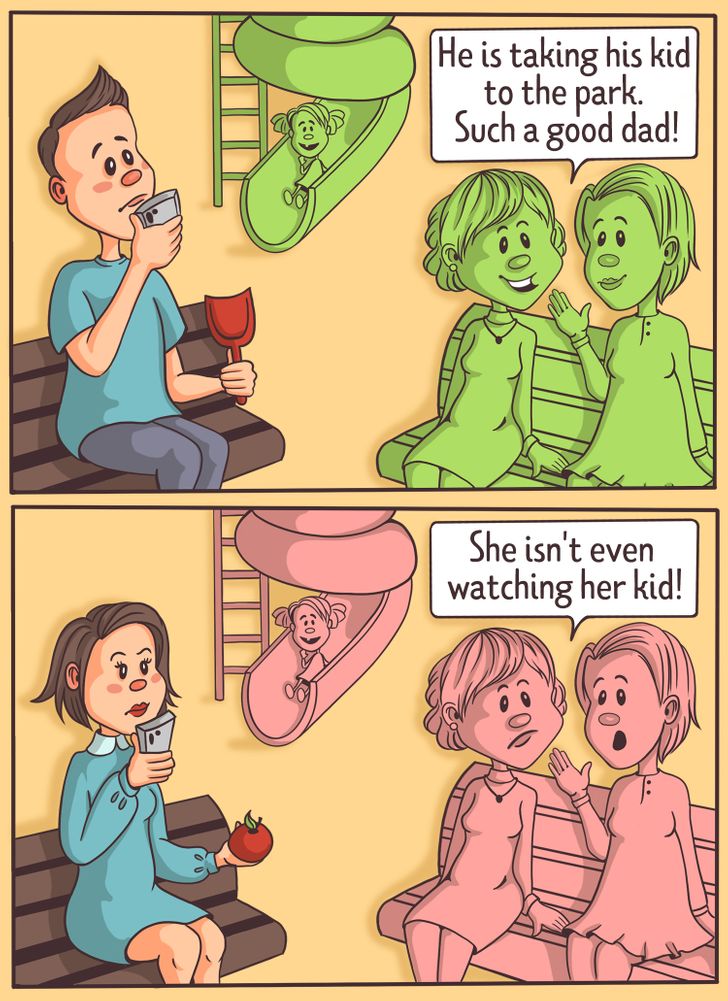
Double standards in the workplace can manifest in various forms—from unequal pay to different expectations for behavior and performance.
Workplace Inequities Include:
- Salary Discrepancies: Despite progress over the years, studies reveal that gender and racial wage gaps persist.
- Promotional Opportunities: Women and minority employees may encounter barriers to advancement. Often, leadership qualities are interpreted differently based on gender, with assertive women sometimes being labeled as aggressive.
- Performance Feedback: In many professional settings, men receive more constructive feedback and encouragement, while women may be subject to overly critical assessments or biased evaluations of their work.
For a deeper dive into workplace double standards, explore resources provided by The American Association of University Women (AAUW).
Family and Parenting Double Standards: The Expectations at Home
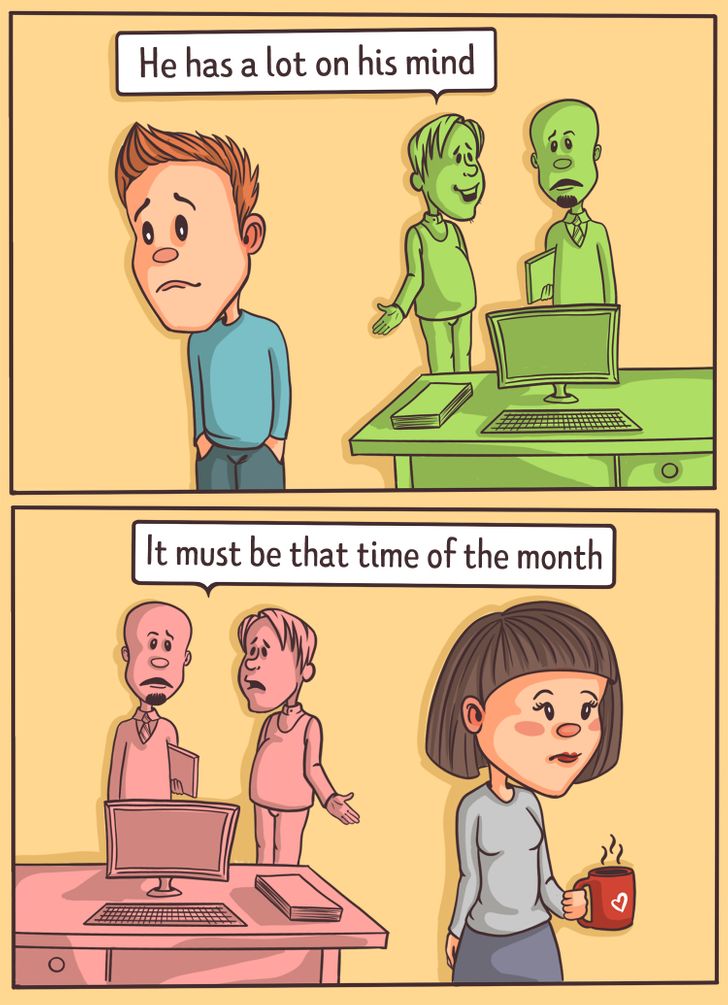
Double standards are not limited to the workplace—they also extend into the realm of family and parenting. Traditional roles and societal expectations often create an uneven playing field for parents.
Family Dynamics Affected by Double Standards:
- Parental Roles: Mothers are frequently expected to be the primary caregivers, managing both household responsibilities and child-rearing, while fathers may be relieved of similar expectations. This imbalance can affect career progression and personal well-being.
- Disciplinary Approaches: Parents might adopt different standards for disciplining children based on gender. For example, boys might be given more leeway in displaying disruptive behavior, whereas girls could be expected to maintain a higher level of decorum.
- Emotional Labor: Women are often tasked with the invisible labor of managing family schedules, emotional support, and social planning, even when they are also working full time.
For additional perspectives on family double standards, consider reading articles from Psychology Today on parenting roles.
Relationship and Dating Double Standards: Navigating Love and Judgment
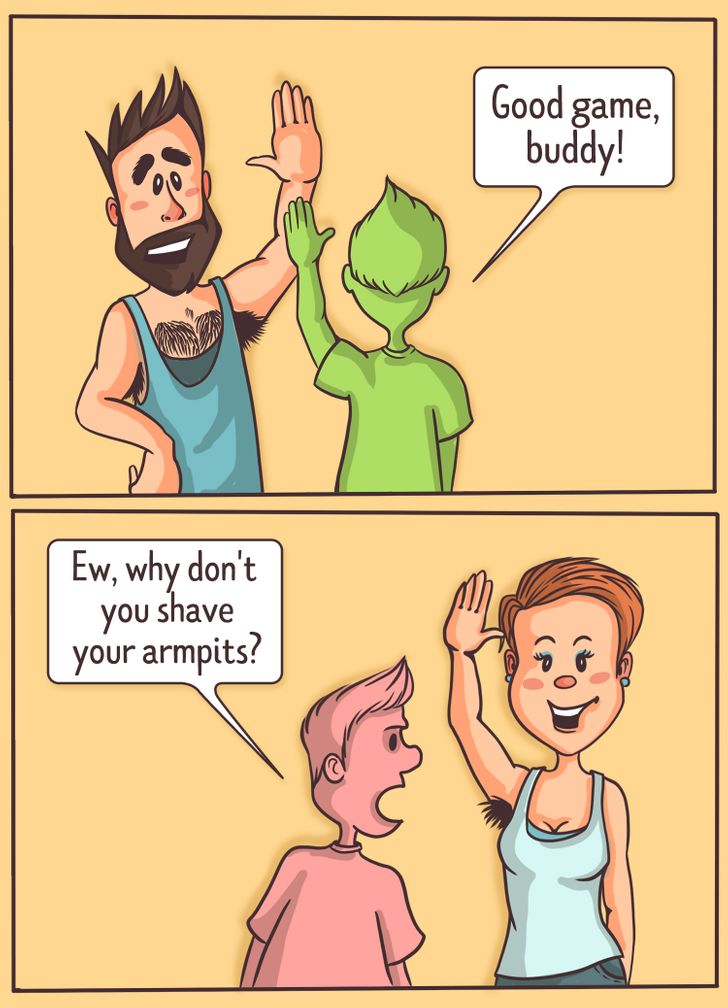
When it comes to dating and relationships, double standards continue to influence how people are perceived and treated based on their actions and choices.
Common Relationship Double Standards:
- Sexual Behavior: Social norms frequently penalize women for engaging in casual relationships while often excusing or even encouraging similar behaviors in men. Terms like “slut shaming” have emerged as a response to this bias.
- Commitment Expectations: In dating scenarios, women are sometimes expected to seek long-term commitment, whereas men may face less pressure to commit, leading to discrepancies in relationship dynamics.
- Appearance and Self-Presentation: Expectations around physical attractiveness and self-presentation differ significantly, with women often facing higher standards in both dating and societal contexts.
For more information on the impact of dating double standards, check out research from The Journal of Social Issues.
Social Media and Public Behavior Double Standards: The Online Divide
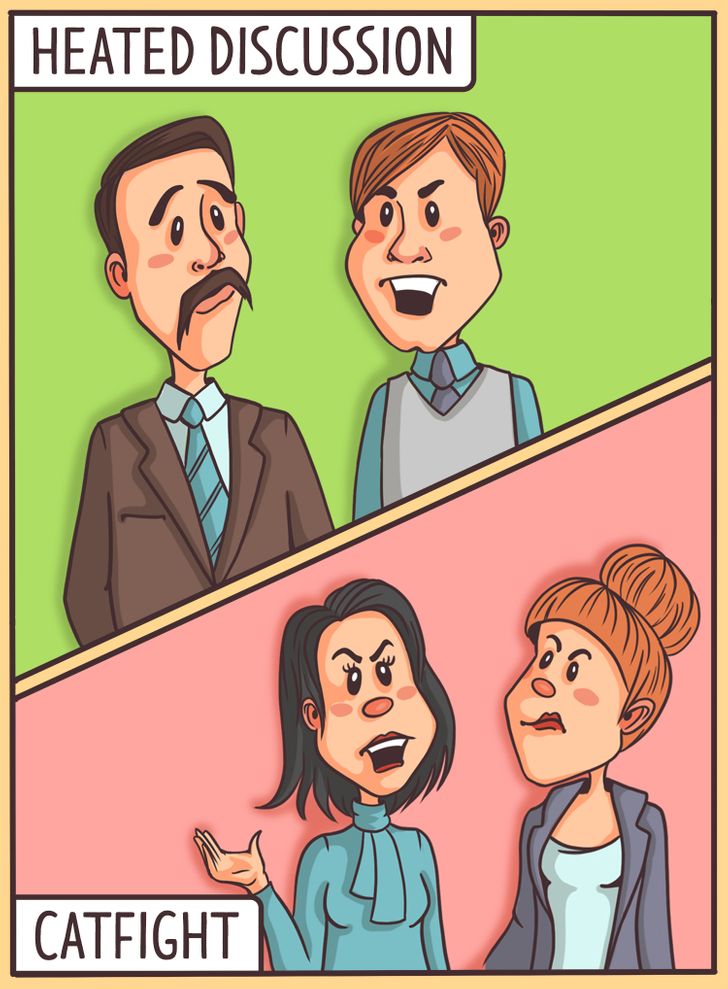
The rise of social media has given new life to old double standards, where public behavior and personal expression are scrutinized differently based on factors such as gender, race, and political affiliation.
Digital Double Standards in Focus:
- Content Creation and Criticism: Influencers and content creators may face divergent expectations regarding the content they produce. For instance, women might be judged more harshly for personal disclosures, while men are often given more leeway.
- Political Expression: Social media platforms have become battlegrounds for political opinions, where double standards can dictate whose opinions are amplified or dismissed based on their demographic background.
- Accountability and Cancel Culture: The concept of “cancel culture” often reveals double standards in accountability. Some individuals face severe backlash for minor missteps, while others receive more lenient treatment for similar behavior.
For additional insights on digital double standards, visit Pew Research Center’s studies on social media trends.
Political and Ideological Double Standards: Biases in Public Discourse
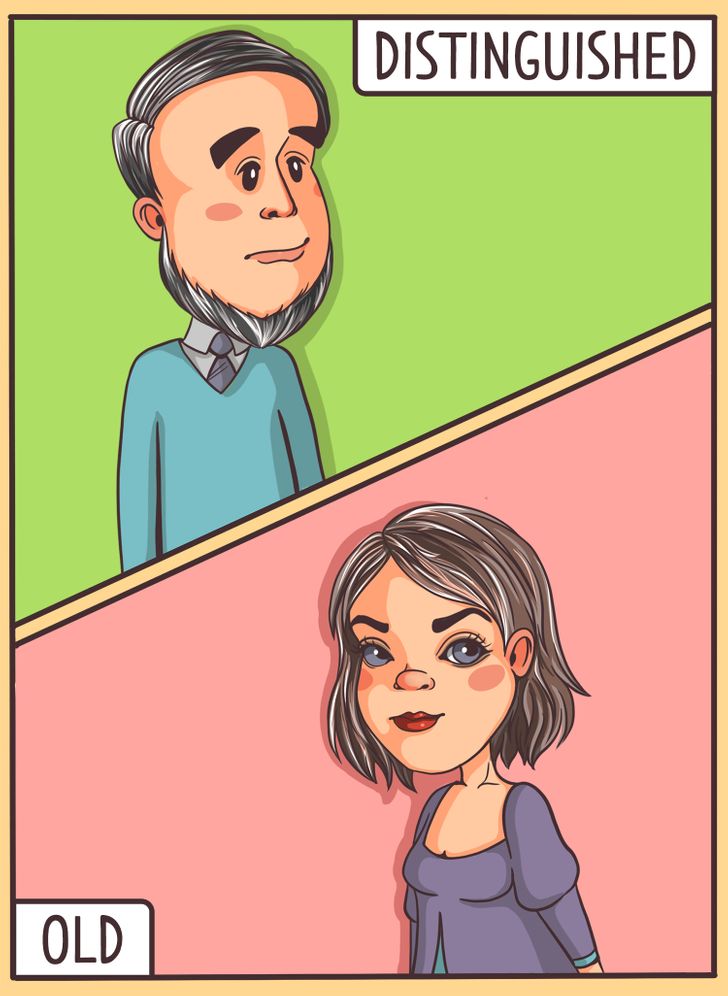
Double standards in politics and ideology play a significant role in shaping public opinion and policy. These biases can lead to inconsistent standards when evaluating political figures, policies, and social movements.
Political Biases Include:
- Policy Criticism: Politicians and public figures are often held to different standards based on their party affiliation or ideological stance. For example, similar actions may be praised in one context and criticized in another, depending on political leanings.
- Media Representation: Mainstream media may unconsciously perpetuate double standards by giving more favorable coverage to one political group over another, reinforcing existing biases.
- Public Perception: Voters may adopt double standards when evaluating the behavior of candidates, often overlooking flaws in politicians they support while highlighting similar issues in opposing candidates.
For further analysis of political double standards, explore The Brookings Institution’s research.
Cultural and Racial Double Standards: Navigating Diversity and Inequality
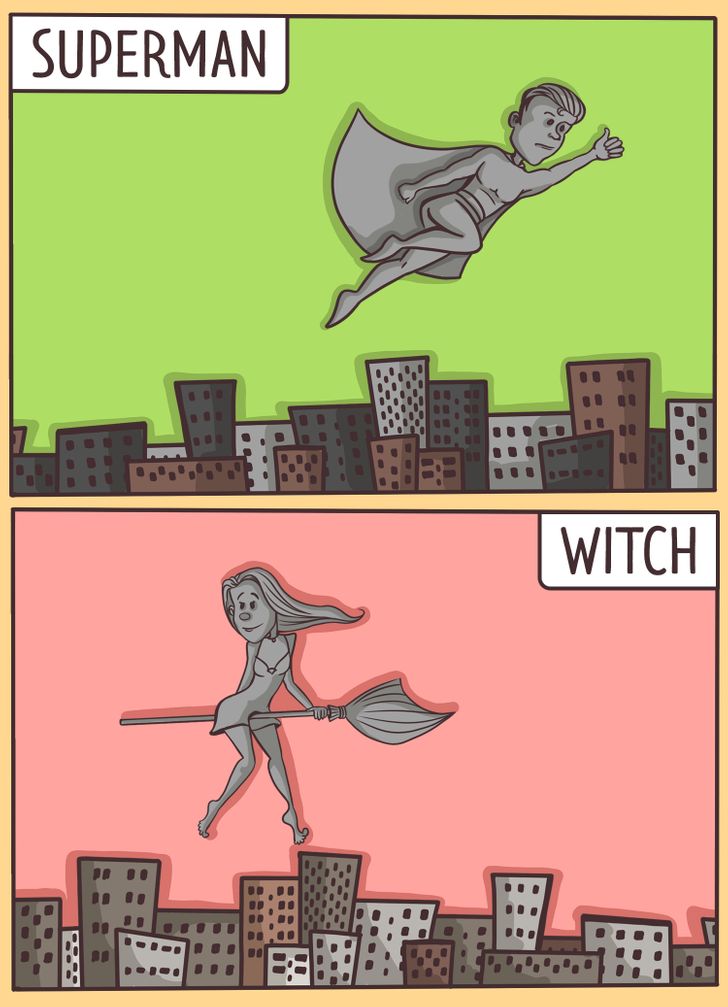
Cultural and racial double standards have deep historical roots and continue to influence how different communities are perceived and treated.
Key Areas of Cultural Bias:
- Stereotyping: Racial and ethnic stereotypes can result in unfair expectations and treatment in both social and professional settings. For example, assumptions about behavior, intelligence, and work ethic based on race persist despite efforts to promote equality.
- Media Representation: The portrayal of different cultures in film, television, and news media often reflects double standards. Minority groups may be depicted through a lens of negativity or hyperbolism, reinforcing harmful biases.
- Social Justice: Movements advocating for racial equality, such as Black Lives Matter, highlight the ongoing struggle against double standards in law enforcement, the judicial system, and everyday interactions.
For a deeper understanding of cultural double standards, refer to research from The Southern Poverty Law Center and Race Forward.
Media and Entertainment Double Standards: The World of Celebrity and Pop Culture
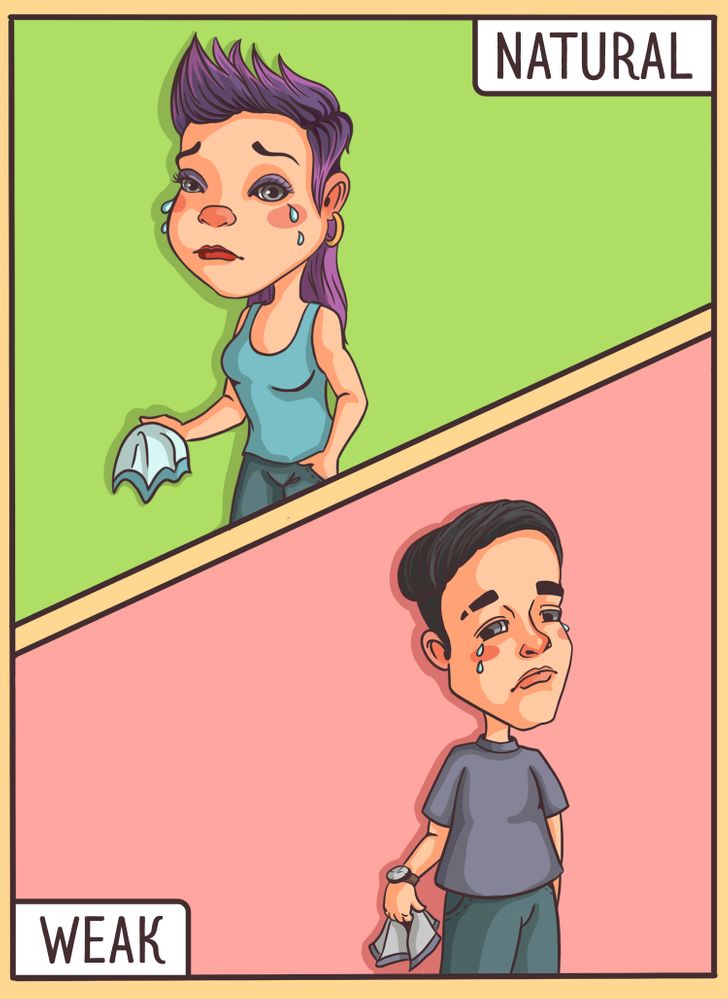
Double standards in the media and entertainment industries can have a profound impact on public perception and societal norms. Celebrities and public figures often face unequal treatment based on gender, race, or personal choices.
Examples in Media and Entertainment:
- Celebrity Behavior: High-profile figures are frequently subject to different standards regarding personal behavior. For example, the same act of misconduct may be forgiven in male celebrities while severely criticized in their female counterparts.
- Representation and Opportunities: The entertainment industry has long been criticized for its lack of diversity and for promoting narrow beauty standards. Women, in particular, may find it more challenging to secure roles that showcase their talents beyond superficial appearances.
- Social Influence: As media shapes public opinion, the double standards present in entertainment can reinforce broader societal biases. The ways in which scandals are reported or achievements are celebrated often reflect underlying inequalities.
For further reading on media biases and double standards, check out studies available at The Media, Diversity, and Social Change Initiative.
Conclusion: Recognizing and Challenging Double Standards
Double standards are deeply woven into the fabric of society, influencing everything from our personal relationships to global political discourse. By examining these eight examples—from gender and workplace biases to cultural and media disparities—we gain a clearer understanding of the pervasive nature of these inequities.
Recognizing these double standards is the first step toward challenging them. Whether it’s through open dialogue, informed decision-making, or advocating for policy changes, every action counts in the pursuit of a fairer society. As consumers of media, participants in politics, or active members of our communities, we have the power to call out double standards and work towards change.
For further guidance on confronting societal biases and fostering equality, consider exploring reputable resources such as The Equal Justice Initiative and United Nations Women.
Embracing awareness and encouraging critical conversations can pave the way for meaningful progress. By challenging these double standards, we not only improve our own lives but also contribute to a more inclusive and just society for future generations.

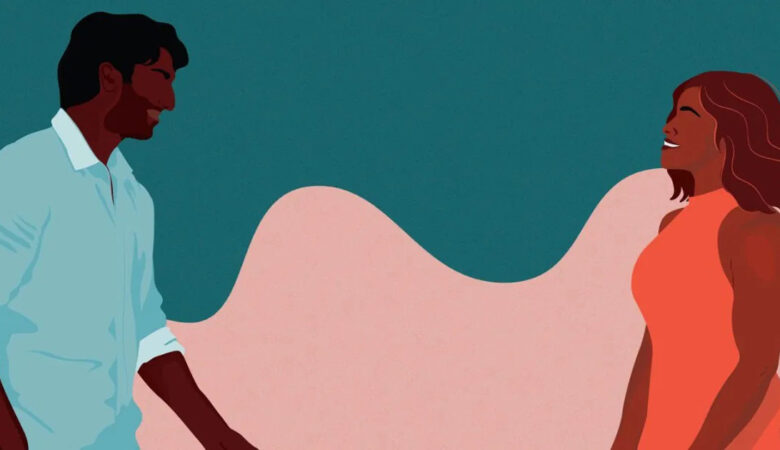

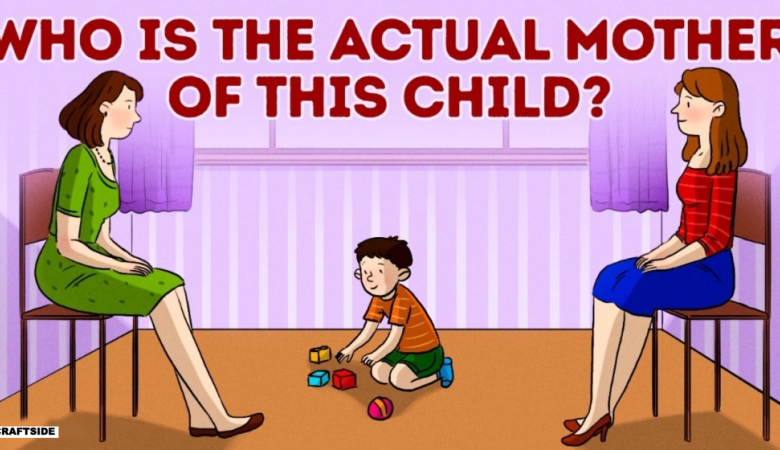





Leave a Reply